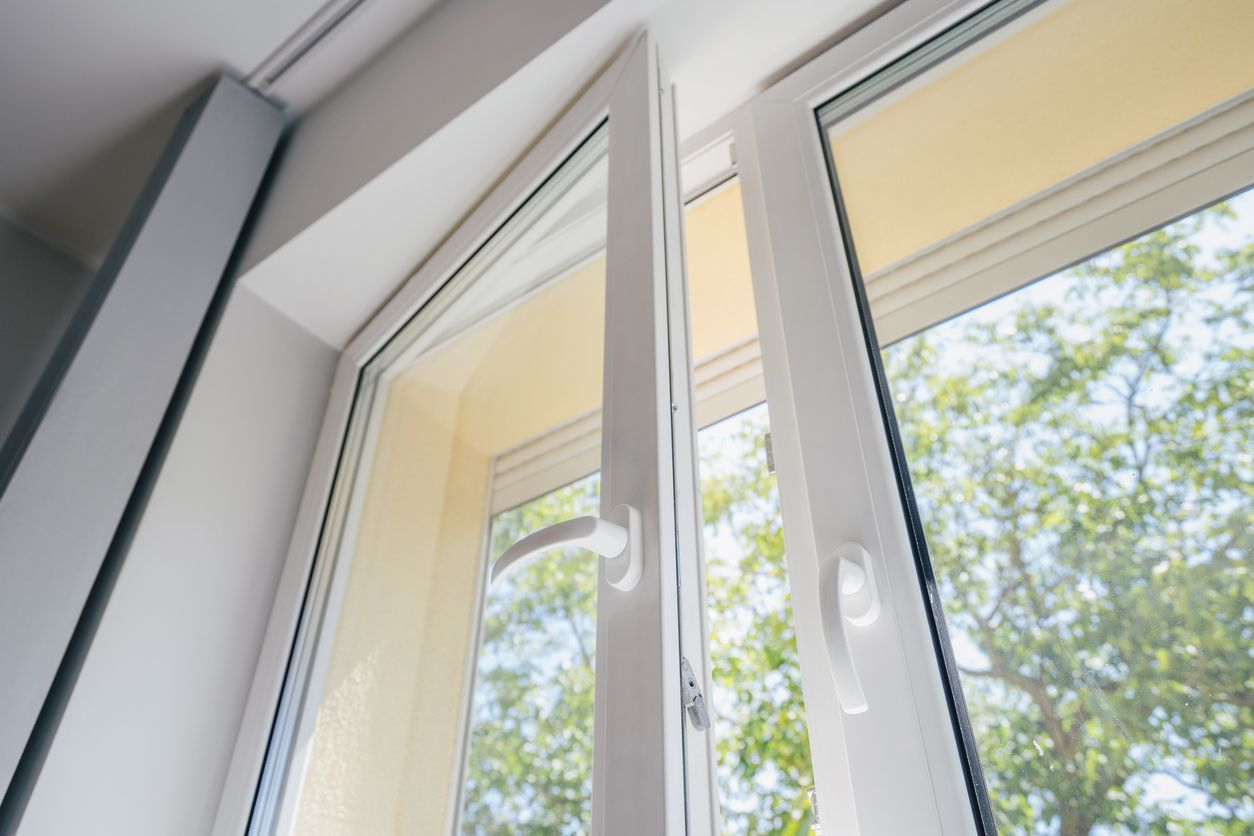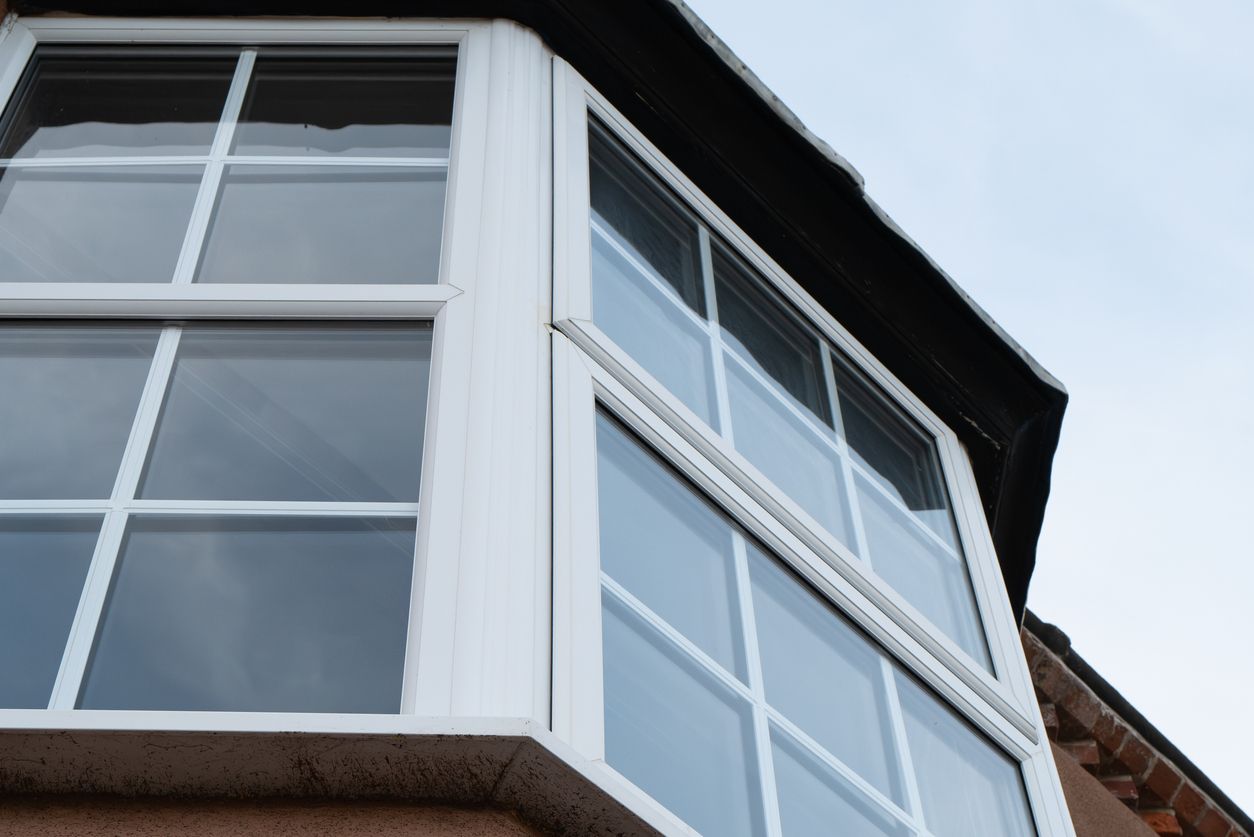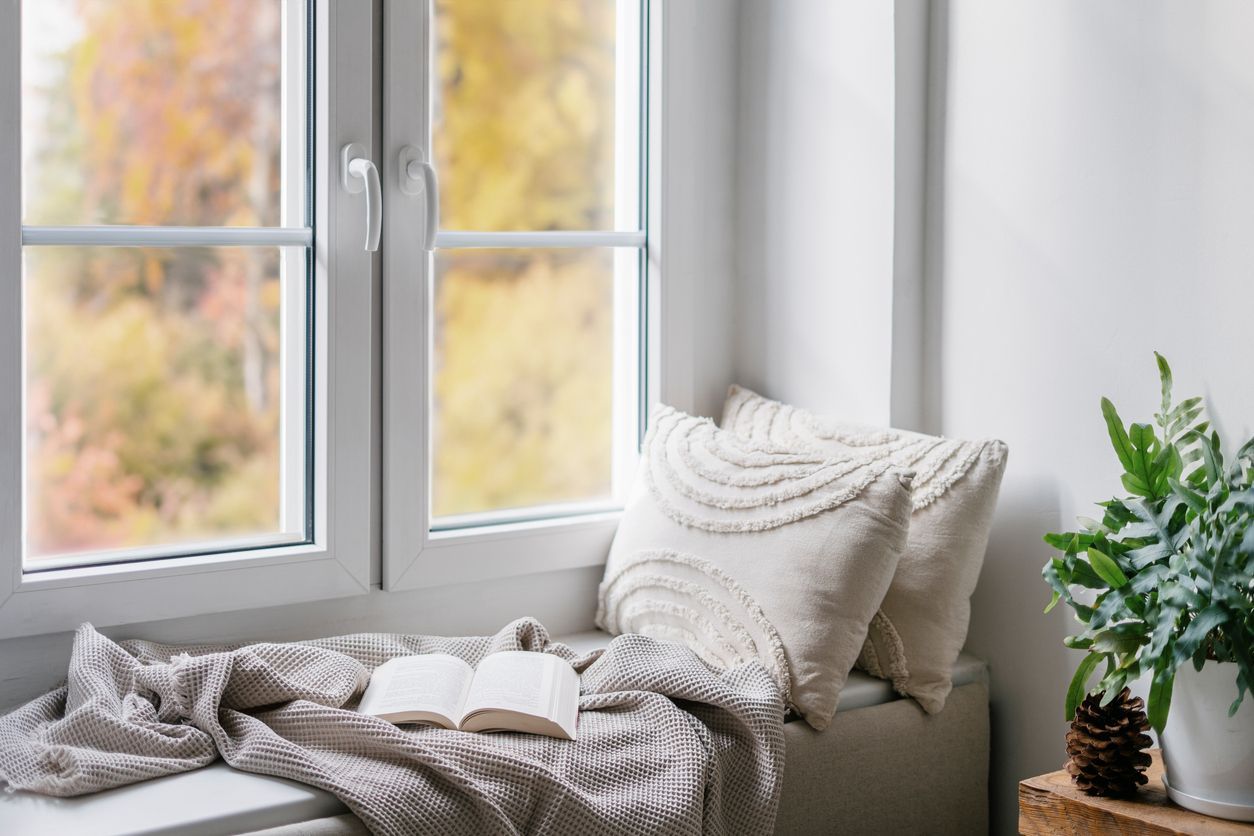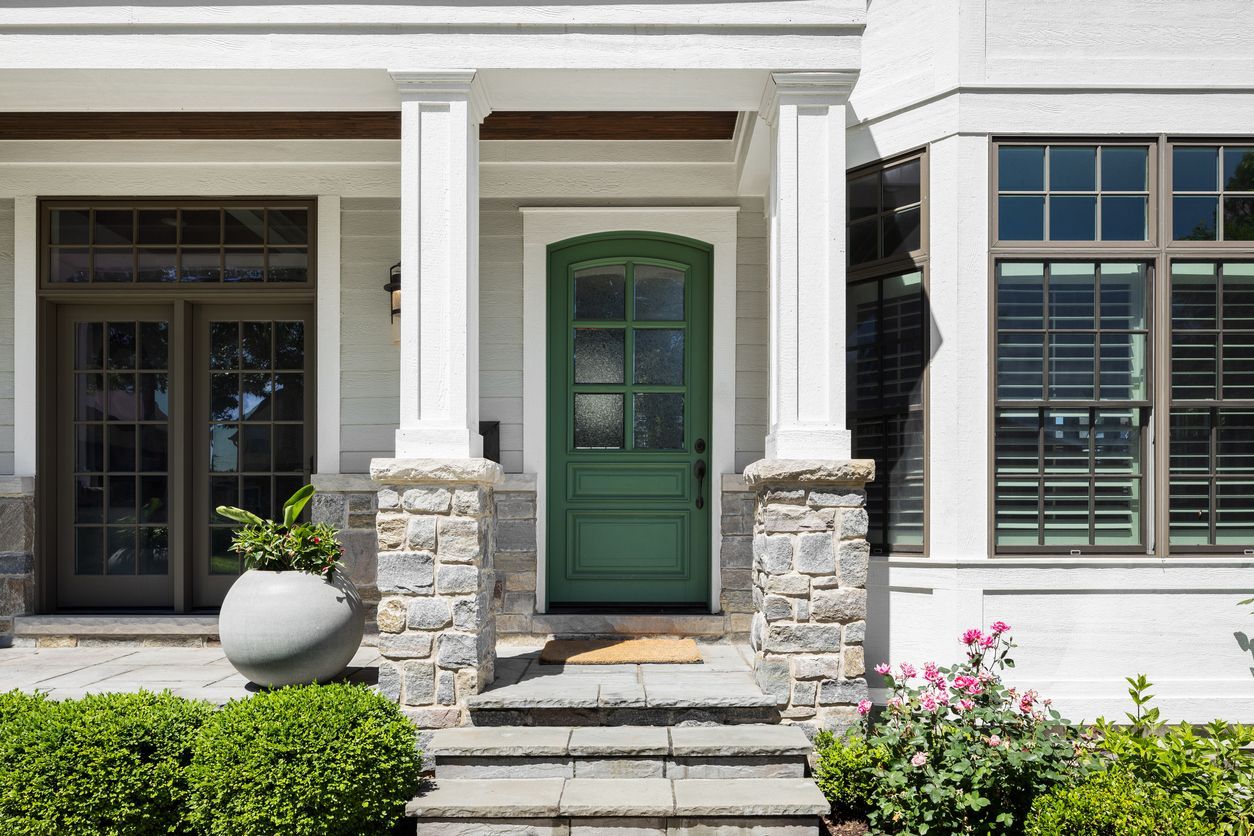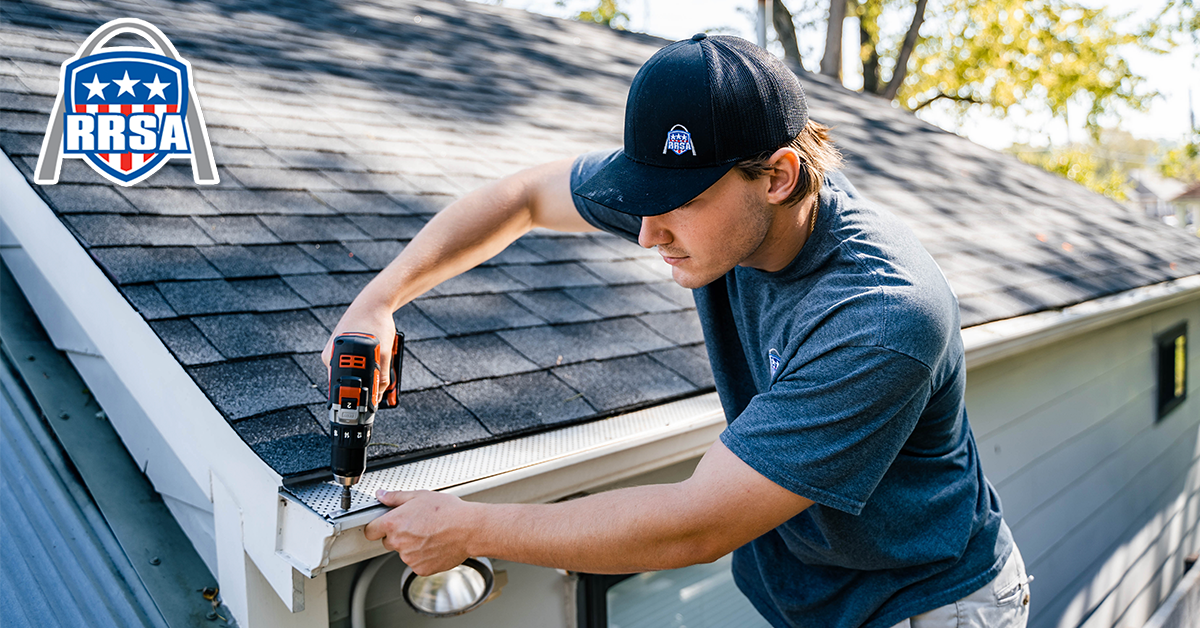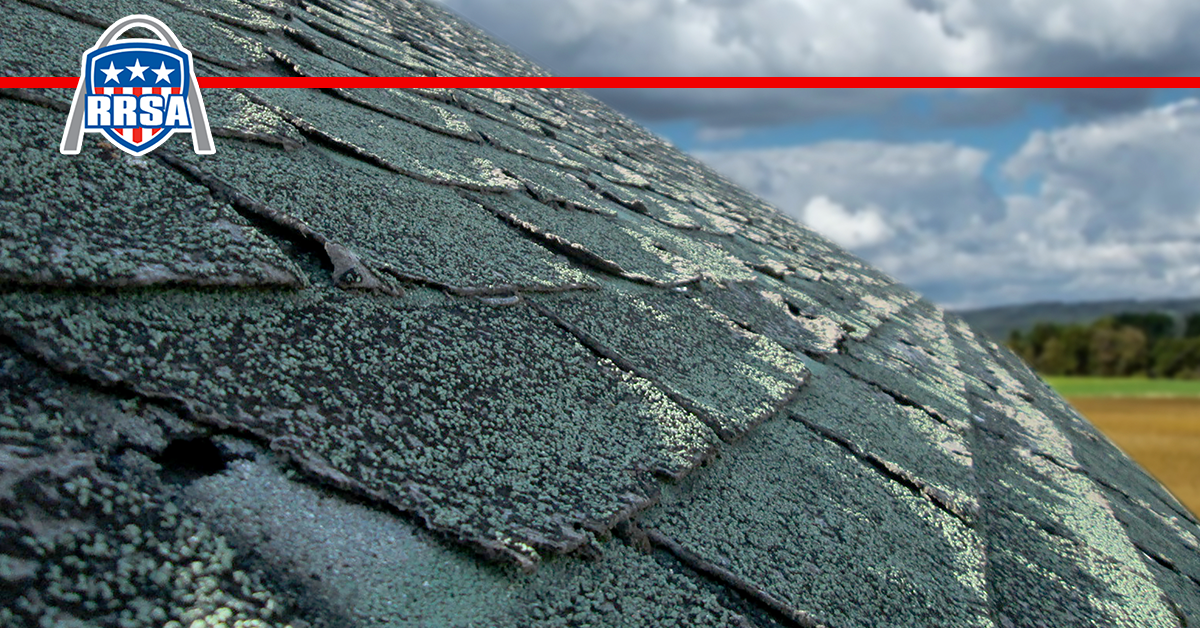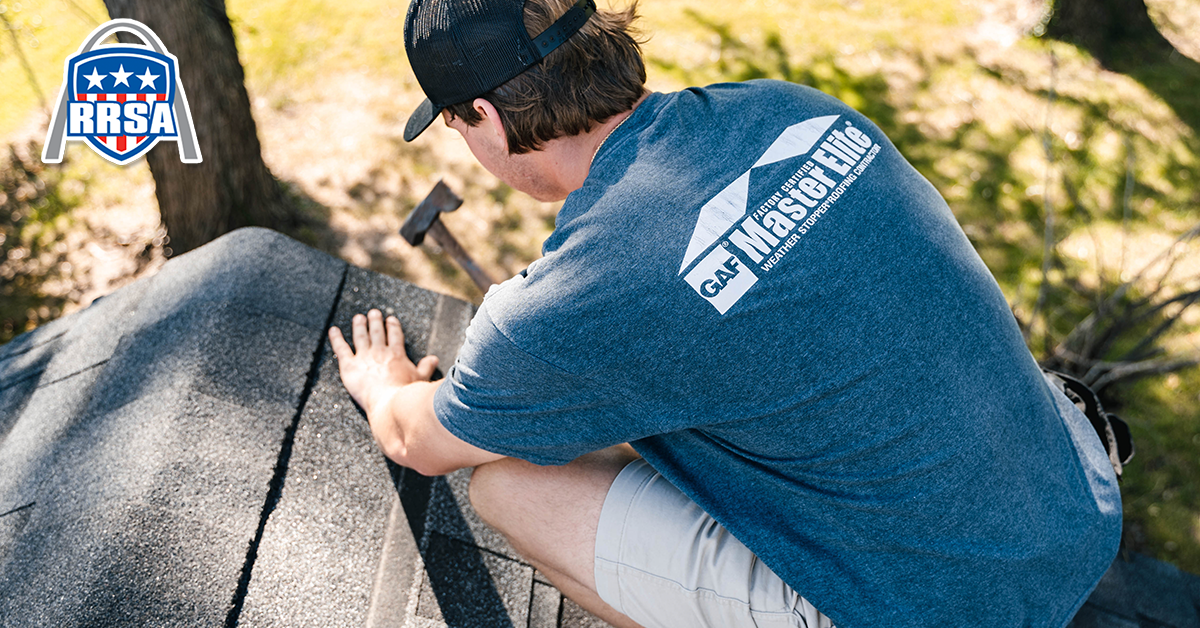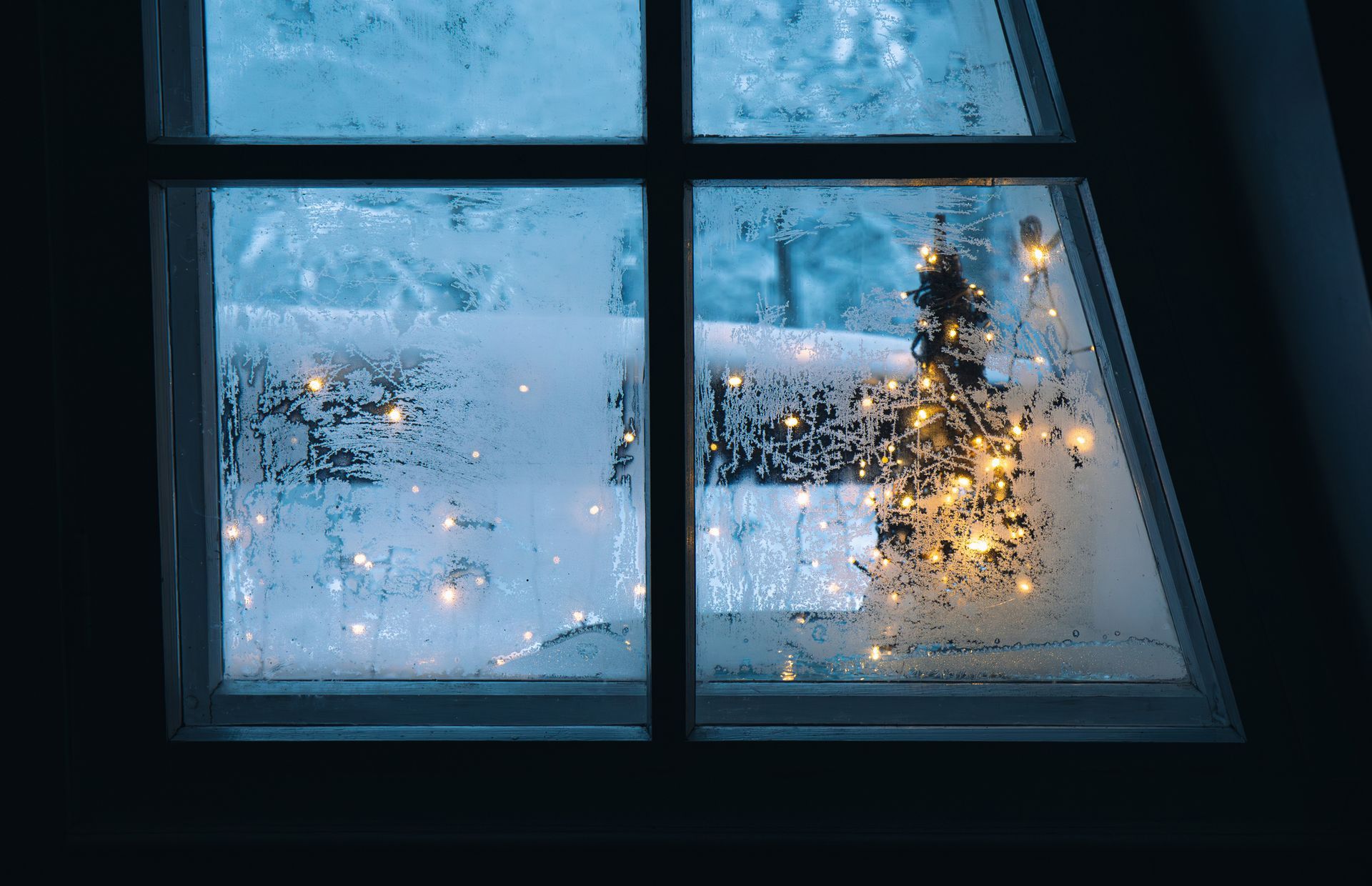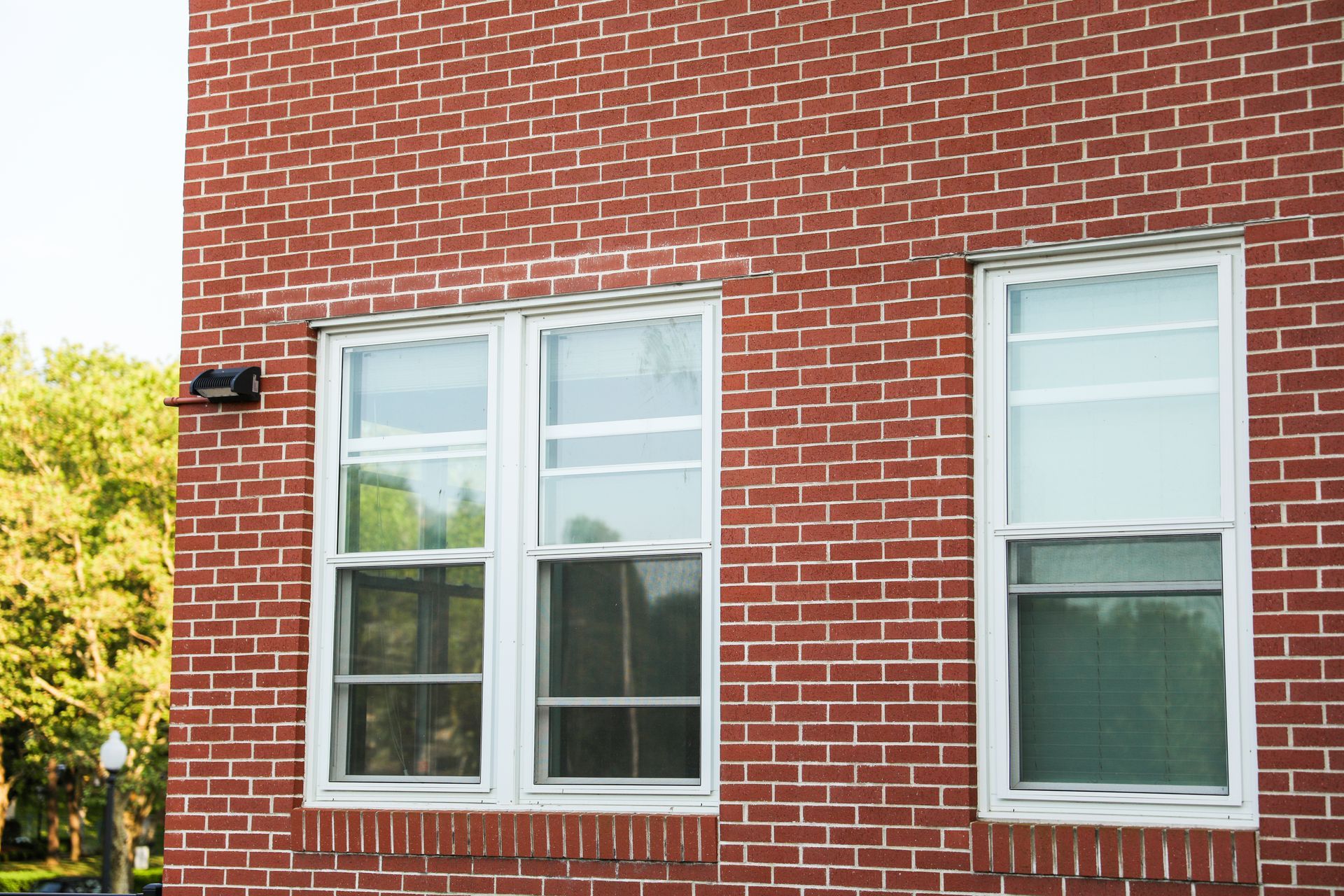Three Reasons To Consider Roof Ventilation
How often do you think about your roof? If you’re like most people, the answer is probably not a lot — after all, we’ve got plenty to think about without worrying about the condition of our houses. But a roof is one of those things that you really don’t want to fail on you when you need it most. On top of being a fairly expensive thing to fix, it’s also incredibly stressful to deal with when inclement weather is approaching. To this end, one of the best things you can do for the long-term health of your roof (and of your savings account) is to be proactive and consider roof ventilation. Let’s take a look at three reasons it’s a smart investment.
Increase Your Roof's Lifespan
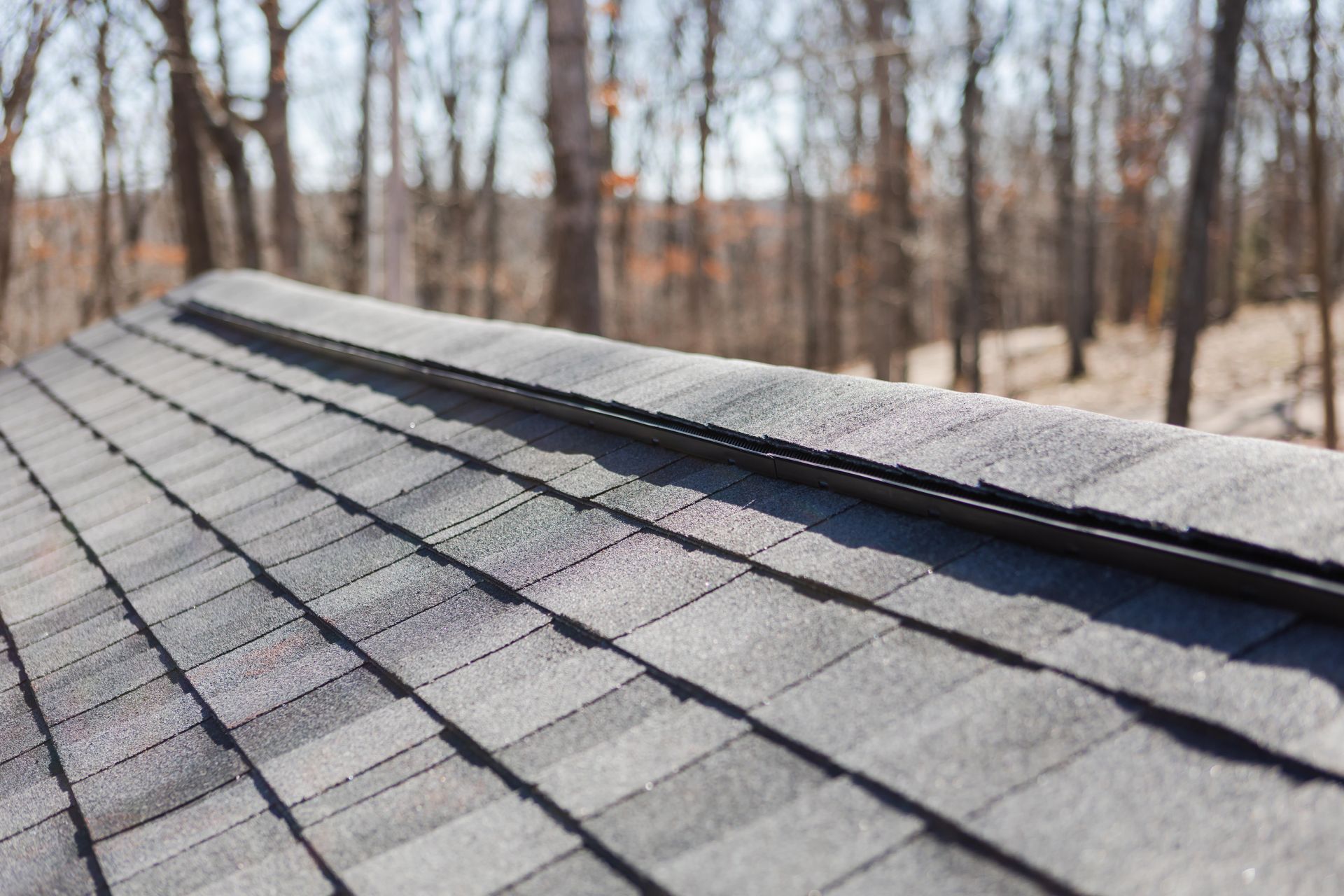
It may seem like common sense, but your region, weather conditions, and roofing material all affect your roof’s longevity. If your attic regularly gets overheated (which can be the result of a variety of circumstances), your roof will be heated on its interior surface leading to the underlayment and the shingles themselves drying out and cracking. That inevitably leads to expensive repair work down the line. Roof ventilation alleviates this problem by ensuring that your roof vis-à-vis your attic remains at a healthy temperature. Now, you may be thinking, “overheating? It’s about to be winter.” Well, that leads us to our next point.
Prevent Ice Dams
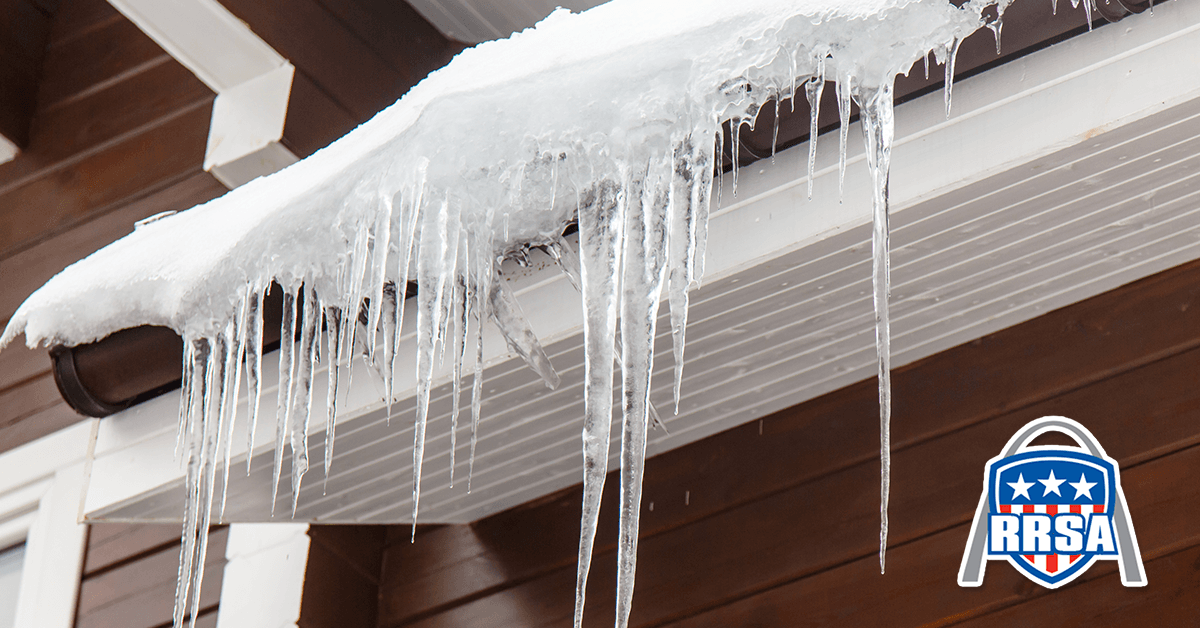
An ice dam is a ridge of ice that forms at the edge of a roof and prevents melting snow from draining off the roof. Those icicles hanging from your roof might look pretty, but they actually spell a potential problem; they’re associated with a poorly-ventilated attic. The basic process goes like this: your attic gets hot (‘case you’re cranking the heat), your roof heats up, the snow on it melts, and the runoff refreezes down your gutters. The cycle repeats itself much to the detriment of your roof, backing up under the eaves and even into your attic; this spells more costly repairs. Again, the solution is as simple as roof ventilation.
Lower Your Energy Costs

Americans spend about $22 billion on HVAC costs every year and costs are trending even higher in 2022. Being proactive and considering the Midwest climate that your home is subjected to is one of the surest ways to save yourself money in the long run. By installing roof ventilation, you can ensure that your attic won’t get overheated; this means you can avoid that hot air seeping into your home and forcing your HVAC system to work overtime (consuming more energy) to cool your house. In summary: a more controlled attic environment, a more energy-efficient HVAC system, and a much more manageable energy bill.
If you’re ready to take the next step and preserve the lifespan of your roof, prevent ice dams, and lower your energy costs, give RRSA STL a call! We’re GAF Master Elite-certified roofing experts — meaning you’re going to get a higher quality of work than your local HVAC company. Moreover, our work is warrantied and backed by more five star reviews than you can shake a stick at. Get in touch with us today for a free, on-site estimate!
